Hidden gem: Bulgari’s new state-of-the-art jewellery manufacture in Valenza
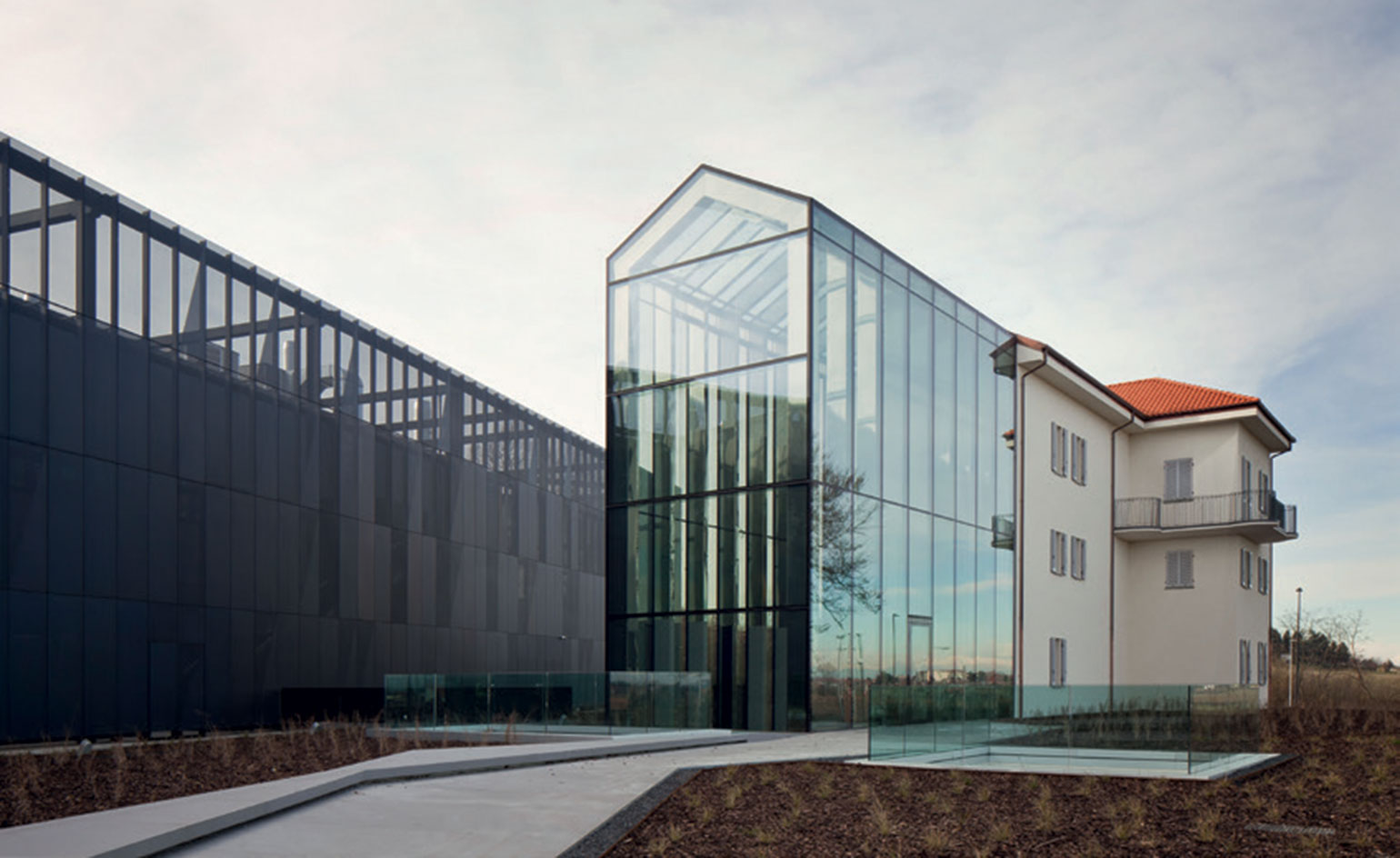
Valenza, a small town within the industrial triangle of Milan, Genoa and Turin, is a bland place with a glittering reputation.
Ever since goldsmith Francesco Caramora set up shop here in 1817, carriages and later armoured trucks filled with ingots have trundled down its streets, and its inhabitants have honed their stone-setting, polishing and engraving skills to elevate Valenza to Italy’s goldsmithing hub.
Bulgari acquired Caramora’s former farmstead 18 months ago and this spring the Roman high jeweler and watchmaker re-opened it as its new jewellery-making facility, the largest in Valenza’s history. For more than 30 years, Bulgari has worked with the region’s craftsmen, but until recently its production was split between Valenza and the nearby town of Solonghello. With the new 14,000 sq m space, Bulgari is able to consolidate its jewellery-making under one roof. ‘We had been contemplating building a new avant-garde manufacture for years and had our eye on Caramora’s farm,’ says CEO Jean-Christophe Babin. ‘We liked it for its history, position and proximity to our historic workshops. We were lucky!’
Bologna-based architects Open Project won the job of creating a fittingly glamorous facility. ‘It couldn’t just be a dull concrete building,’ says practice partner Luca Drago. Administration and hospitality facilities are located in the renovated farmstead, with a new 13m-high ‘glass house’ attached. The workshop is housed in a new three-storey building, featuring an internal courtyard. The structure is surrounded by a perforated ‘metal skin’ that provides natural light while boosting security. ‘To get to the gold, you have to pass through lots of systems and alarms,’ says Drago. ‘You can’t just hit the jackpot. The Italian Job was our main reference,’ he jokes.
Gold ingots, precious metals and gemstones are delivered to the ground floor, where, prior to assembly, they might undergo chemical and thermal treatments. Since employees have to stay on site all day for security reasons, Drago designed the space to be as welcoming as possible. The courtyard encourages everyone to hang out while providing the workshop with light and ventilation.
The jewellery manufacture is a huge boost for Valenza – and for Bulgari. ‘The new building bridges tradition and innovation, and allows us to take Italian craftsmanship to even higher levels,’ says Babin. ‘By 2020, staff will increase to approximately 700, nearly double the number currently employed, and the new facility will enable us to ramp up our internal capabilities by about 40 per cent in the next few years.’
The building also houses the new Bulgari Academy, a school that will train up to 40 people, from new employees to students from other colleges. ‘It will be a gateway to the world of Bulgari jewellery, allowing trainees to approach our specific techniques and ways of working’, says Babin. ‘The magic is that we can teach them in the place where it all began.’
As originally featured in the Precious Index, our new watches and jewellery supplement (see W*218)
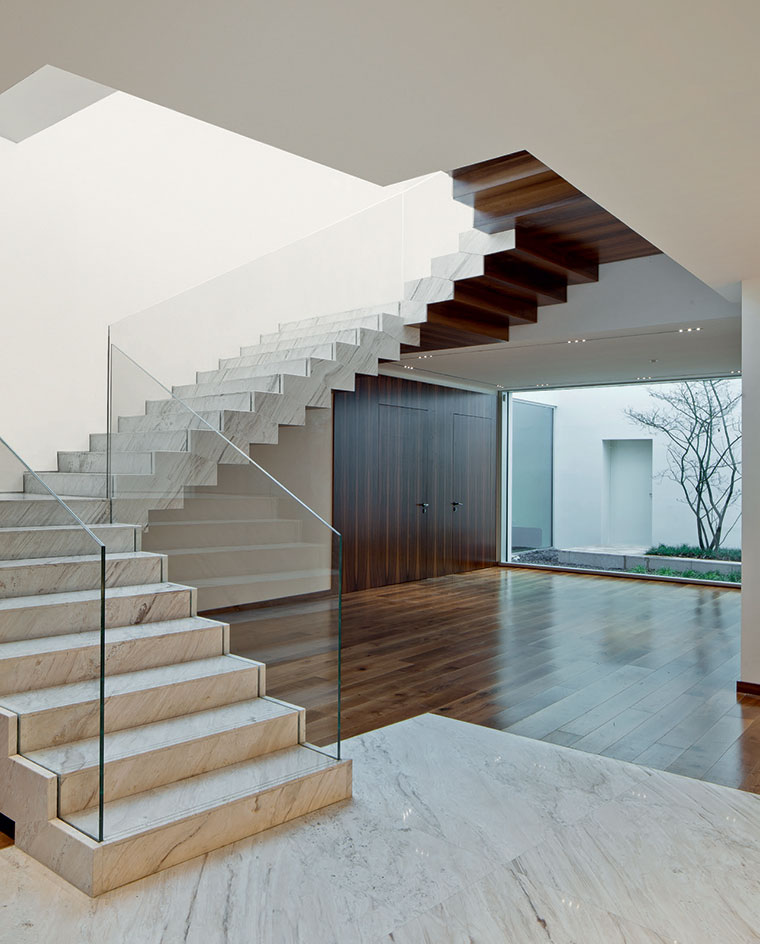
Open Project also added a 13m-high ’glass house’ on the side of the original 1860 farmstead
INFORMATION
For more information, visit the Bulgari website
ADDRESS
Strada Pontecurone 78,
15048 Valenza AL,
Italy
Wallpaper* Newsletter
Receive our daily digest of inspiration, escapism and design stories from around the world direct to your inbox.
Emma O'Kelly is a freelance journalist and author based in London. Her books include Sauna: The Power of Deep Heat and she is currently working on a UK guide to wild saunas, due to be published in 2025.
-
 All-In is the Paris-based label making full-force fashion for main character dressing
All-In is the Paris-based label making full-force fashion for main character dressingPart of our monthly Uprising series, Wallpaper* meets Benjamin Barron and Bror August Vestbø of All-In, the LVMH Prize-nominated label which bases its collections on a riotous cast of characters – real and imagined
By Orla Brennan
-
 Maserati joins forces with Giorgetti for a turbo-charged relationship
Maserati joins forces with Giorgetti for a turbo-charged relationshipAnnouncing their marriage during Milan Design Week, the brands unveiled a collection, a car and a long term commitment
By Hugo Macdonald
-
 Through an innovative new training program, Poltrona Frau aims to safeguard Italian craft
Through an innovative new training program, Poltrona Frau aims to safeguard Italian craftThe heritage furniture manufacturer is training a new generation of leather artisans
By Cristina Kiran Piotti
-
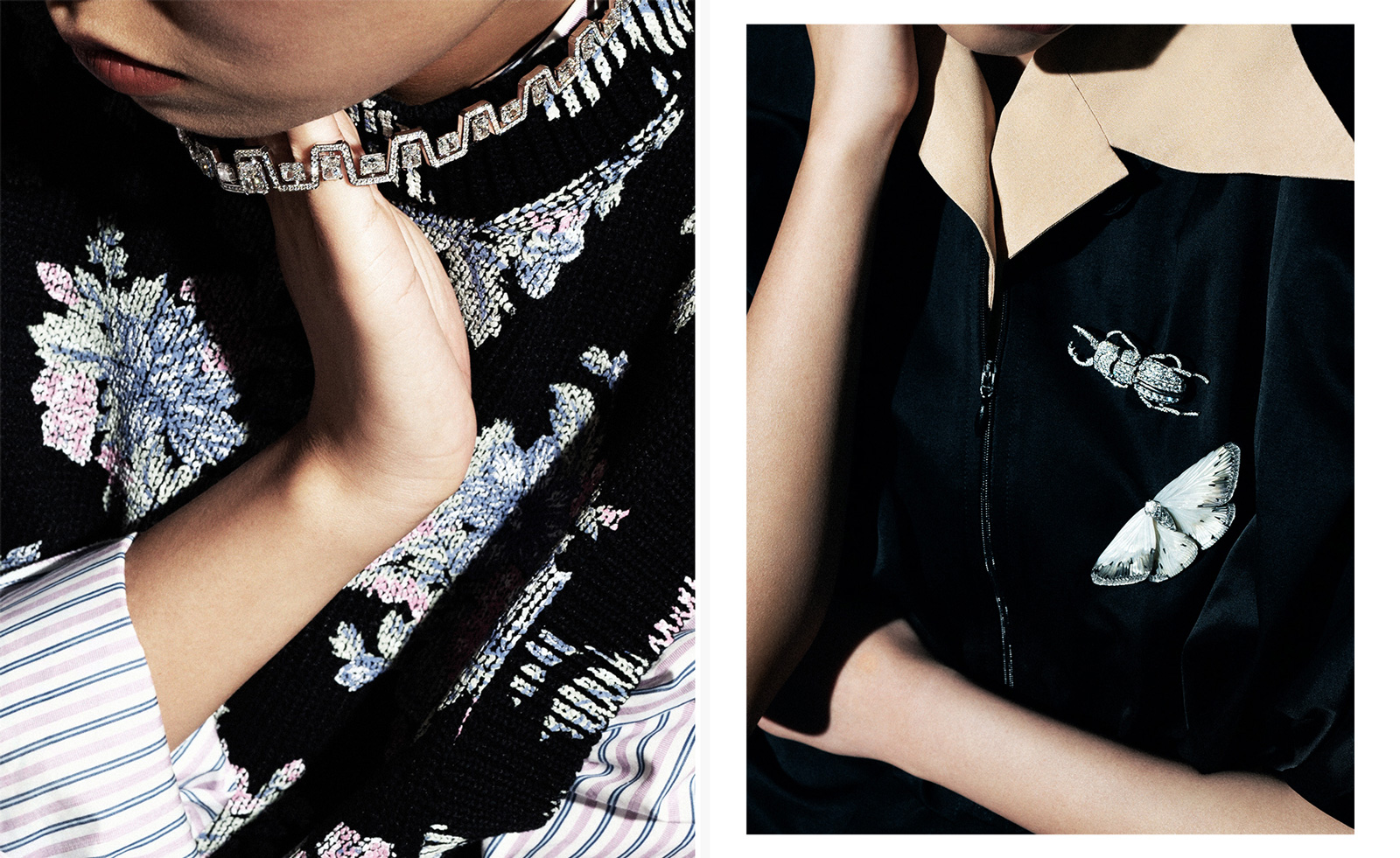 Dazzling high jewellery for statement dressers
Dazzling high jewellery for statement dressersIntricate techniques, bold precious stones and designs unite in these exquisite high jewellery pieces
By Hannah Silver
-
 The Bulgari x MB&F Serpenti: an horological machine for the wrist
The Bulgari x MB&F Serpenti: an horological machine for the wristThe second meeting of minds between Bulgari designer Fabrizio Buonamassa Stigliani and MB&F founder Maximilian Büsser brings the reptilian icon to men’s wrists for the first time
By Thor Svaboe
-
 LVMH watch week 2025: everything we know so far
LVMH watch week 2025: everything we know so farOur guide to LVMH Watch Week 2025, taking place in New York and Paris, starting 21 January; keep an eye out for our updates
By James Gurney
-
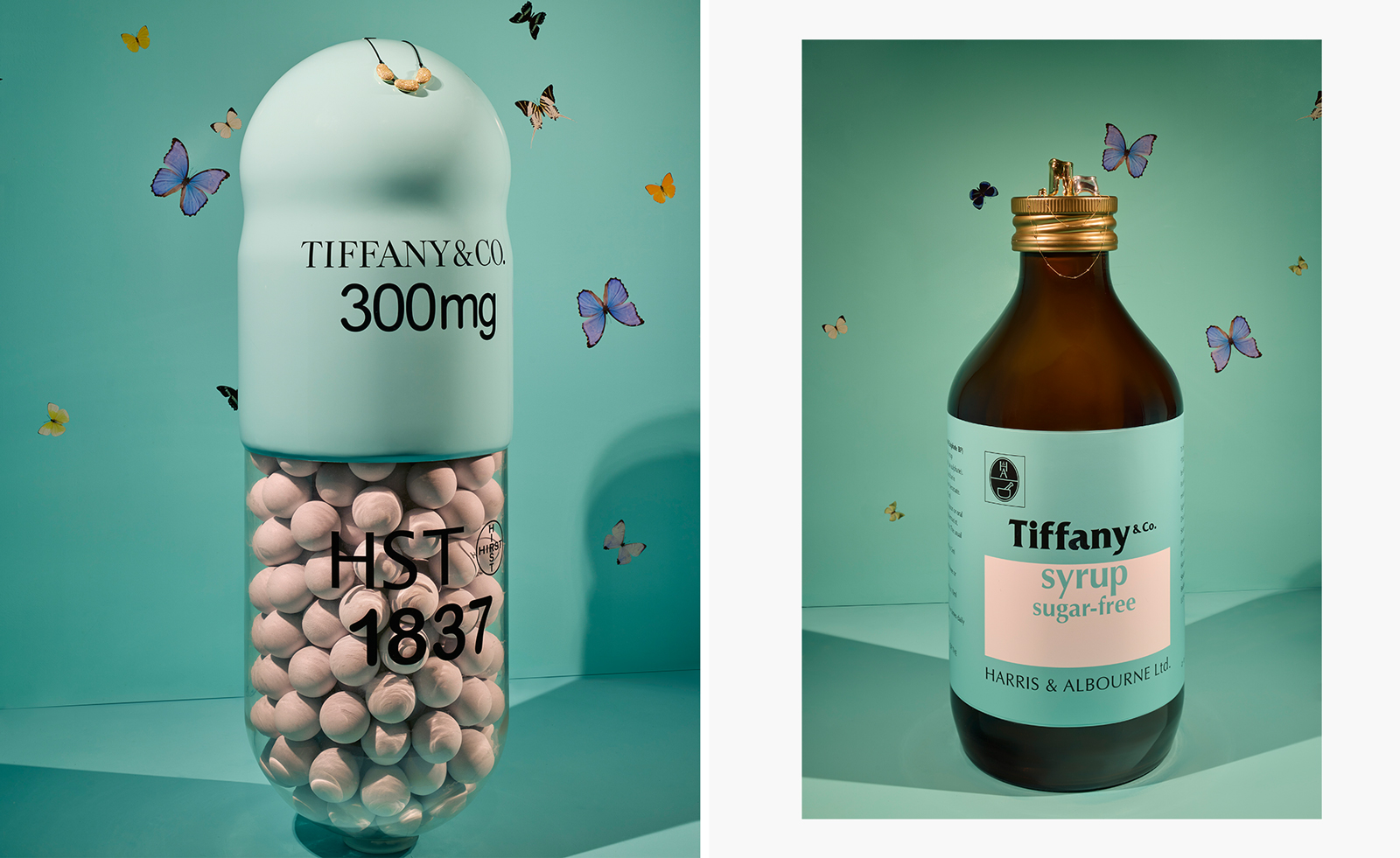 Art takes London: Tiffany & Co, Damien Hirst and artists take over Selfridges' windows
Art takes London: Tiffany & Co, Damien Hirst and artists take over Selfridges' windowsFour British contemporary artists celebrate Tiffany & Co's pioneering history with a series of storied window displays
By Anne Soward
-
 Inside Bulgari and Fender’s unexpected watch collaboration
Inside Bulgari and Fender’s unexpected watch collaborationThe Bulgari Aluminium GMT x Fender Limited Edition watch nods to the designs of the luxury house and the guitar brand, and is accompanied by a Stratocaster
By James Gurney
-
 What are the must-see watch releases at Geneva Watch Days 2024?
What are the must-see watch releases at Geneva Watch Days 2024?Get up close and personal with Swiss haute horlogerie at Geneva Watch Days 2024, until 2 September 2024
By Thor Svaboe
-
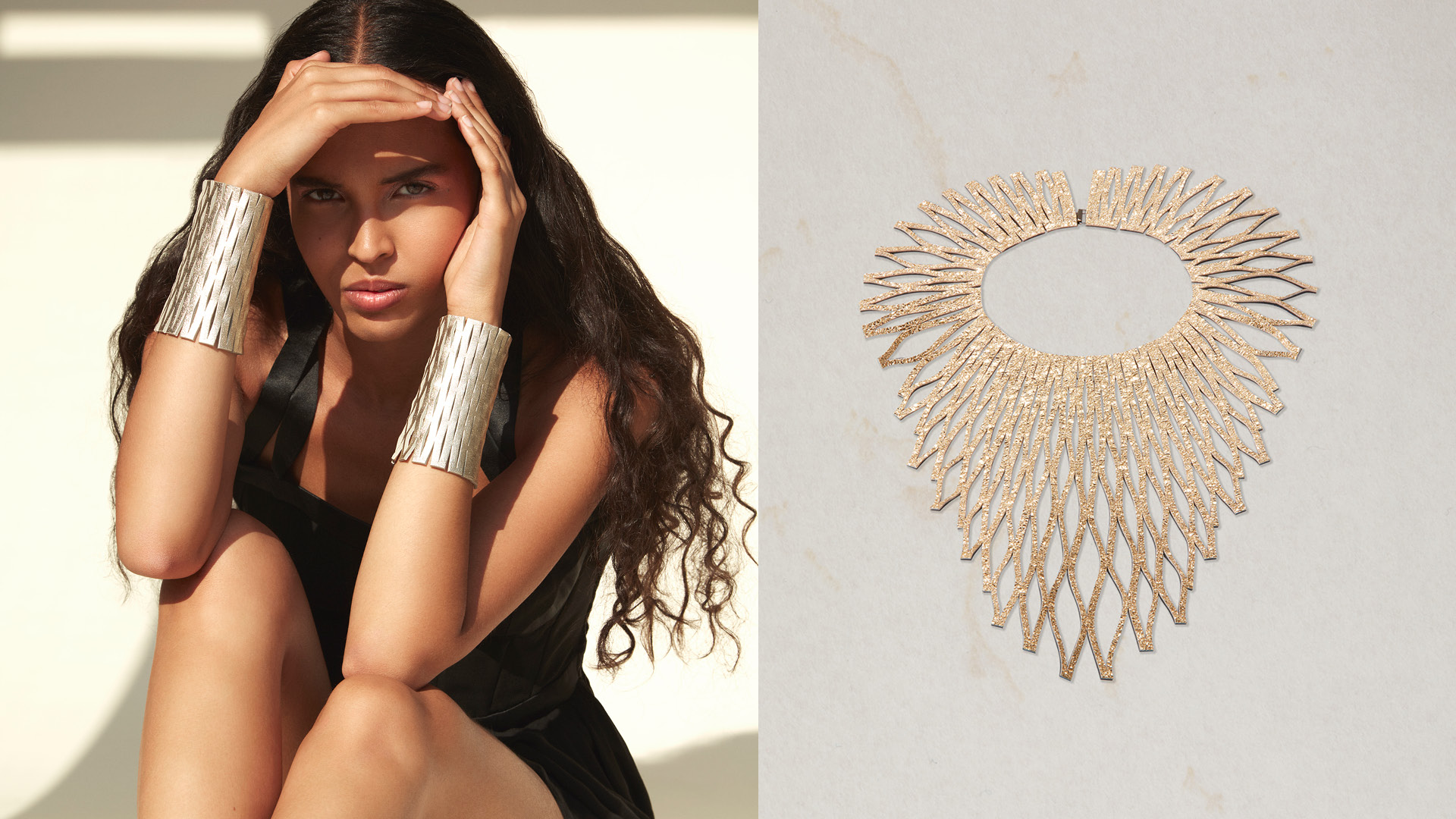 Late summer jewels: what to wear at Golden Hour
Late summer jewels: what to wear at Golden HourLate summer signals a jewellery style-shift. These independent designers have got it covered
By Caragh McKay
-
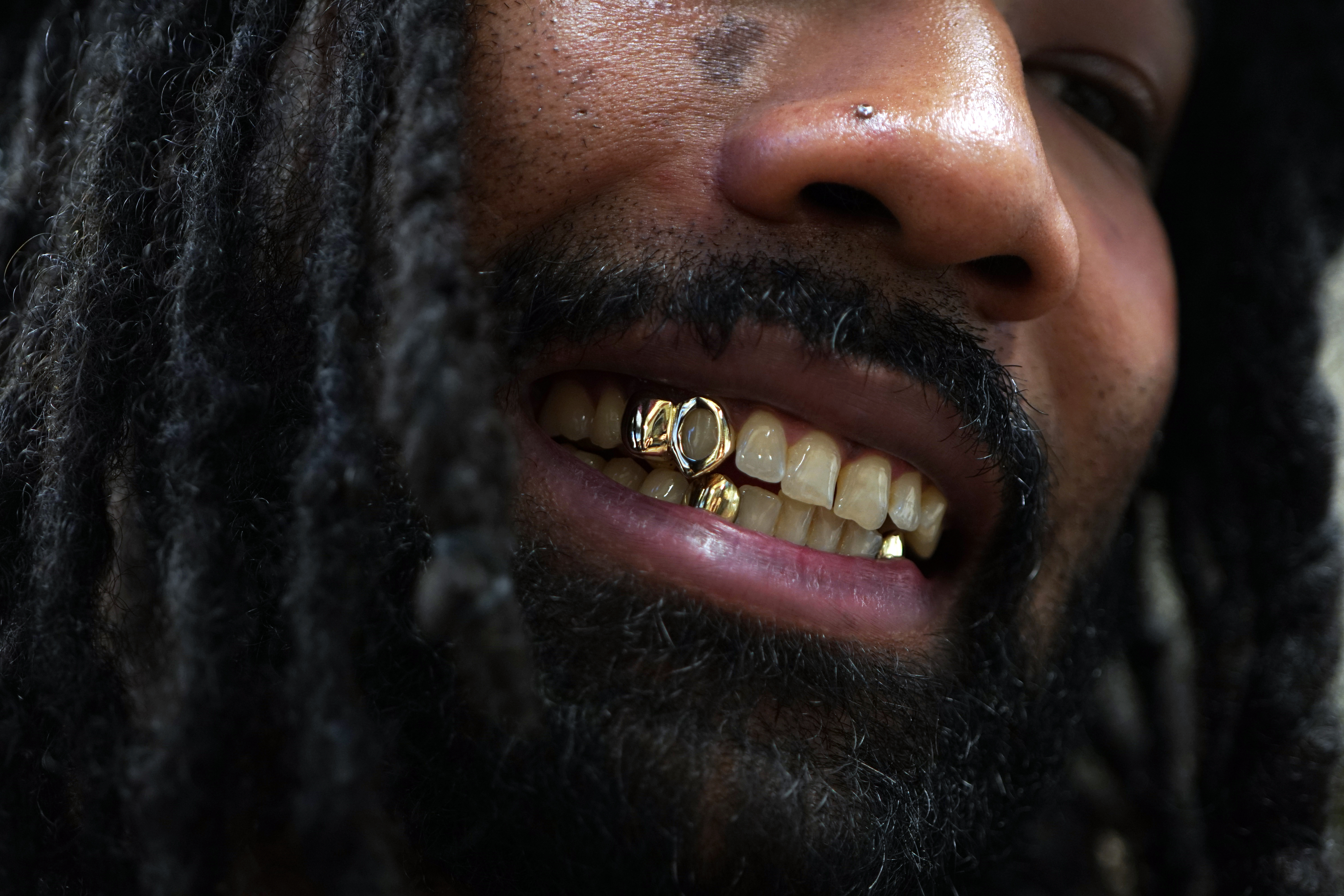 All smiles: How a grillz jewellery making class in London became an international hit
All smiles: How a grillz jewellery making class in London became an international hitWhat started as a passion project quickly exploded in popularity. We get the story behind the grillz-making workshop at Cockpit London
By Elisa Anniss